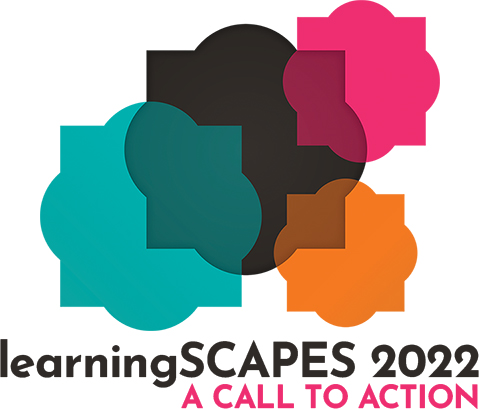 | 1 LU / HSW |
 | 1 LU / HSW |
This presentation will explore the unique ‘personalized active learning environments’ of the Walnut Grove Elementary School (WGE), along with various teaching methodologies and school culture that promote student social/emotional well-being and inclusion. WGE recognizes that elementary students all learn very differently, and in order to effectively engage and connect with the broad spectrum of students in the community a paradigm shift was required with school culture, instructional delivery, and inevitably the learning space itself. WGE engages students through a variety of flexible, innovative learning environments and student-centric instruction which emphasize learner choice and ownership. Opened in 2019, the school continues to analyze, assess, and refine engagement and school culture through student and teacher surveys and other metrics. As a testimony of the school's success, WGE has received 9 education space design awards (State and National), and has directly served as as 'reference point' or prototype for several other new elementary schools in other school districts across the state.
Learning Objectives:

Mark is a founding partner of LANCER+BEEBE Architects who has focused his career on creating innovative learning environments. Mark's firm utilizes a research-based design process that analyzes how spaces can best-connect with students and teachers emotionally to spark curiosity and prepare them to learn. Beyond solving space programming issues for clients, LANCER+BEEBE Architects believes education spaces should positively affect well-being and be catalysts for positive social development.

Brian has been a principal for 13 years and opened up Walnut Grove Elementary School in the fall of 2019. Mr. Proctor collaborated with the design team and then utilized his knowledge of learning space to design and select furniture that enhanced the variety of space inside the school. Through a design thinking approach to building a school culture focused on “fun”, this building promotes a learning environment centered around students.
What evidence is there that design matters? That a particular method of delivery is advantageous? That one product is better than another? What lessons have you learned?
Primary Core Competency
Design of Educational Facilities: Acts as a resource to the design team in providing ongoing guidance and support to ensure that the emerging and ultimate design aligns with the established community vision, education goals, future programming, written design standards, best/next practices and education policy.
Learning Units/Health, Safety, Welfare (LU/HSW)
Over 90% of the content of this presentation will cover Health, Safety, and Welfare (HWS) as defined within the AIA HSW requirements. In fact, this presentation will explore how the unique design of this elementary school positively affects the social/emotional/wellbeing of learners and staff through innovative space design and unique curriculum delivery. When this building was opening in the fall of 2019 a survey was done of all new students, inquiring as to what they thought of their new building and how it made them feel. The overwhelming single response word was the building felt 'safe'. This presentation will explore the design process, implementation, and various innovative features that helped create a building that helps learners feel 'safe' and ready to learn in an equitable/socially-connected way.